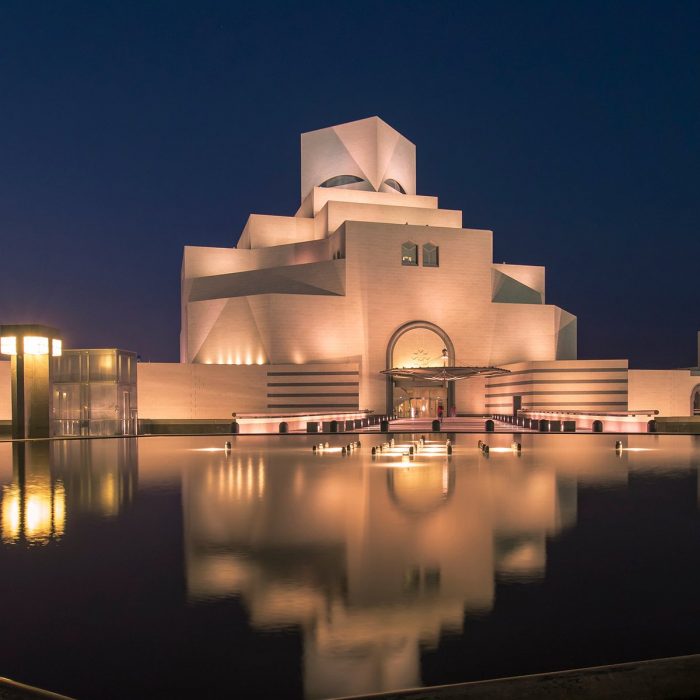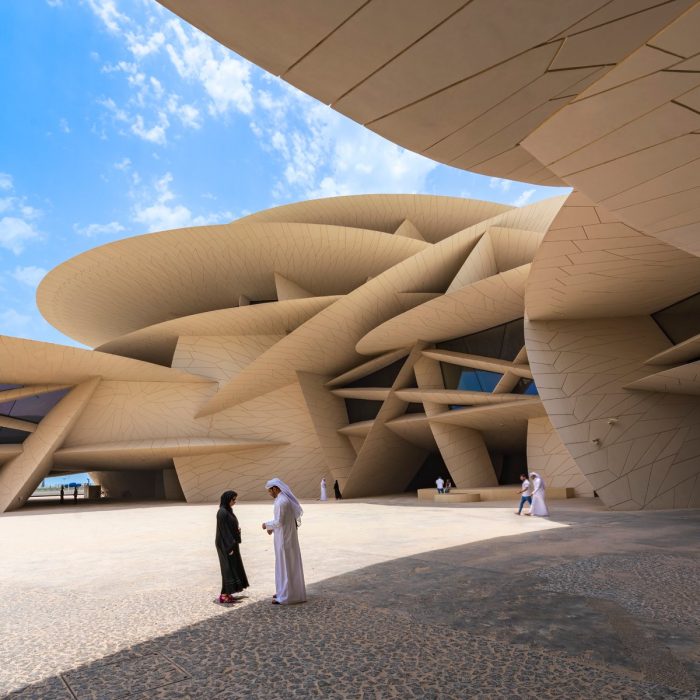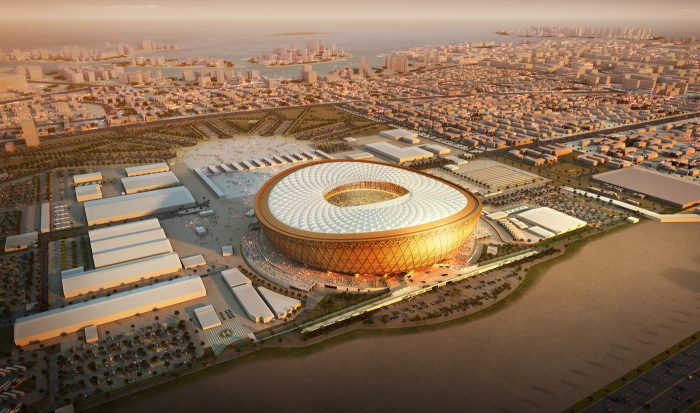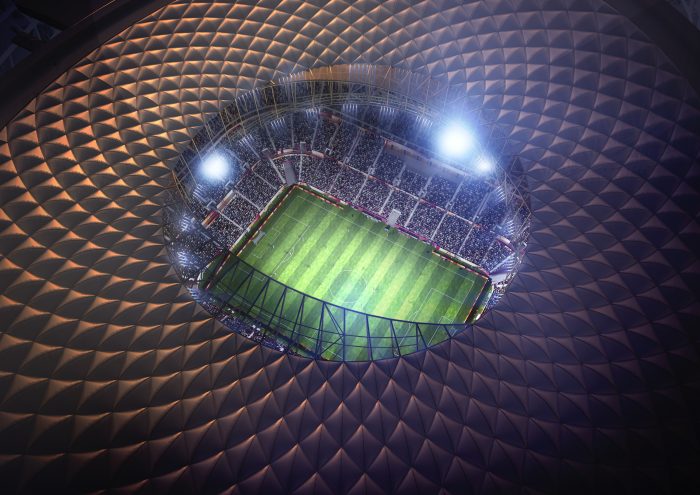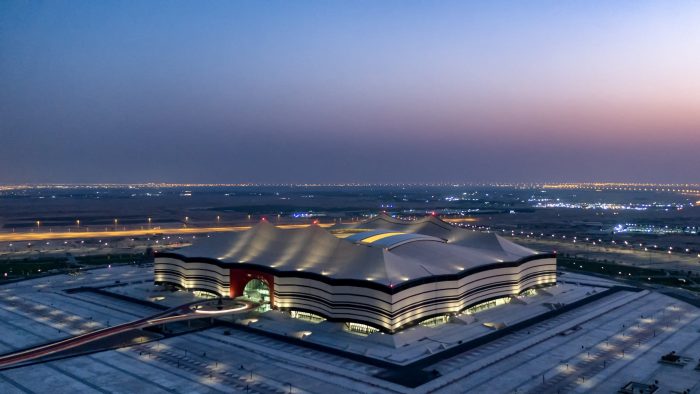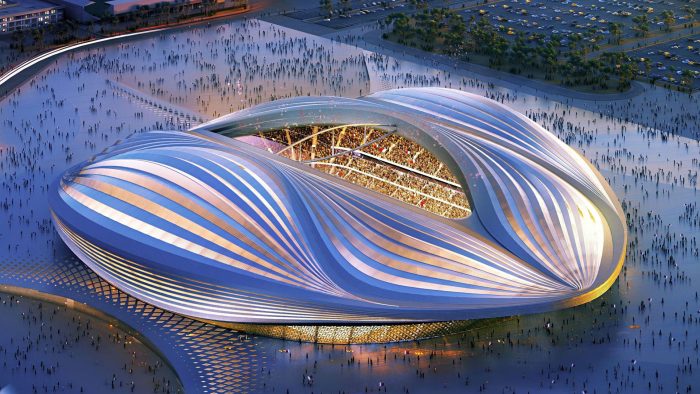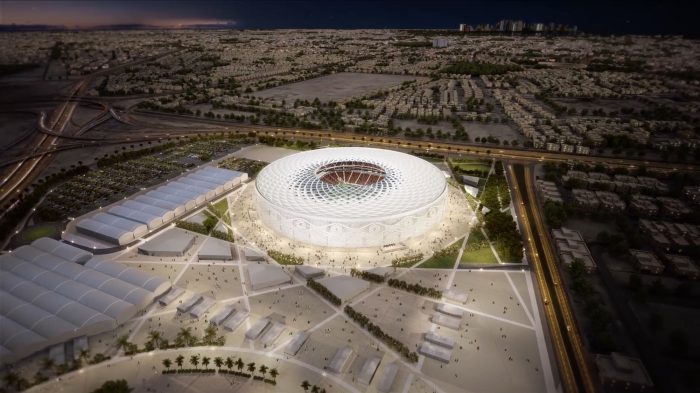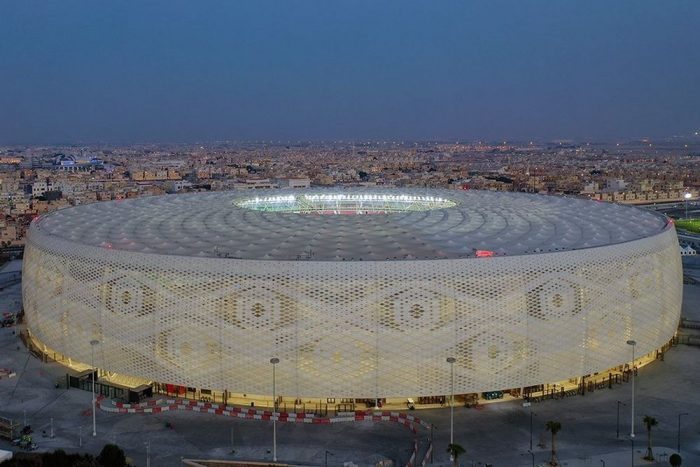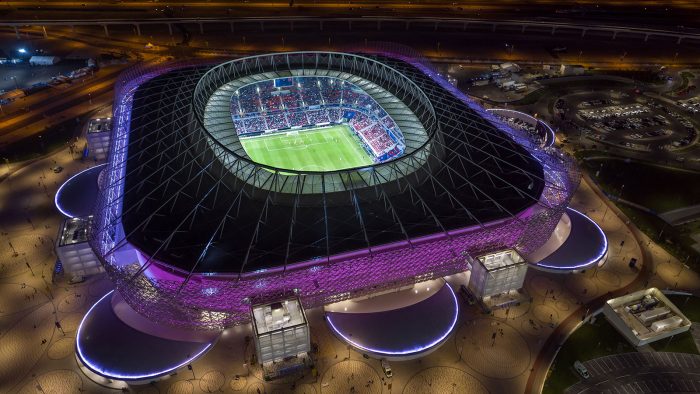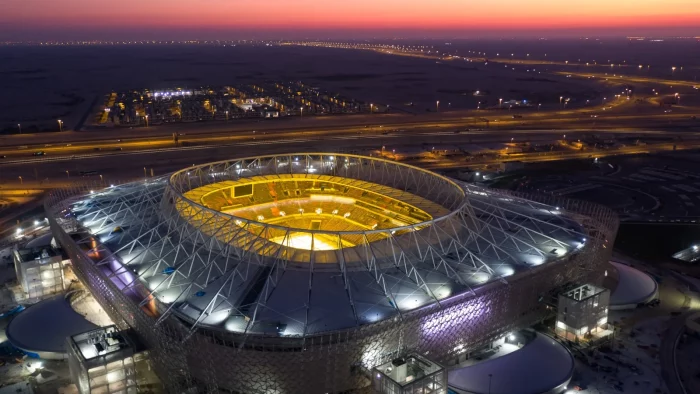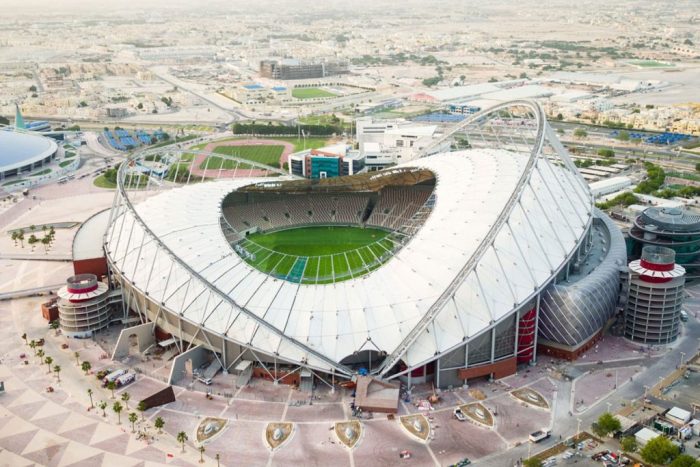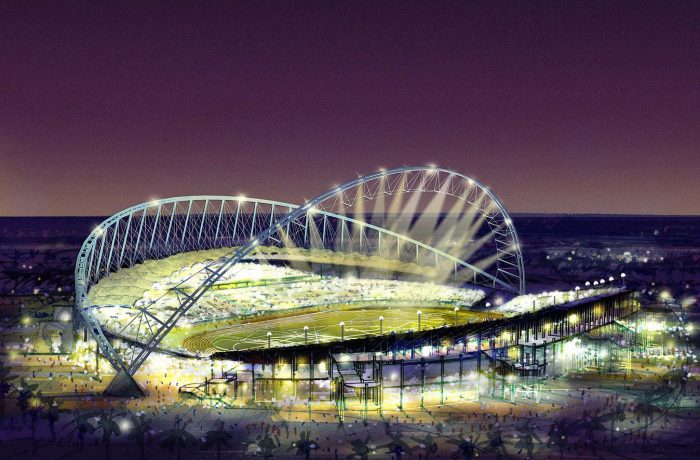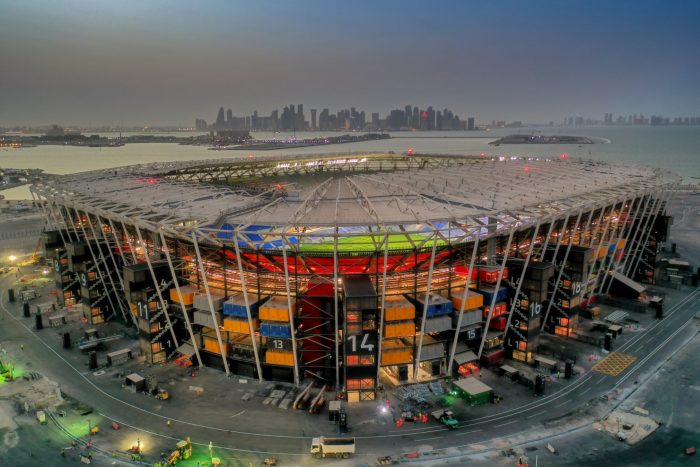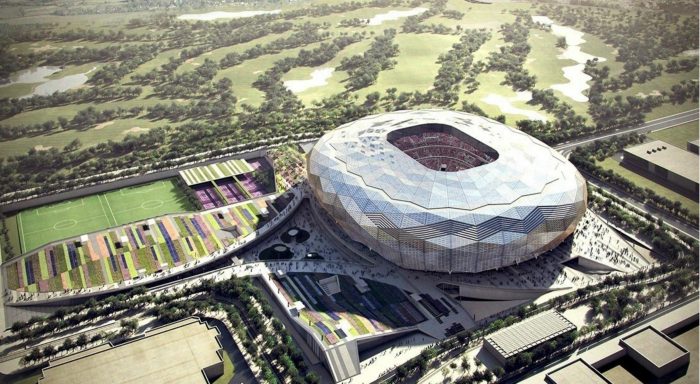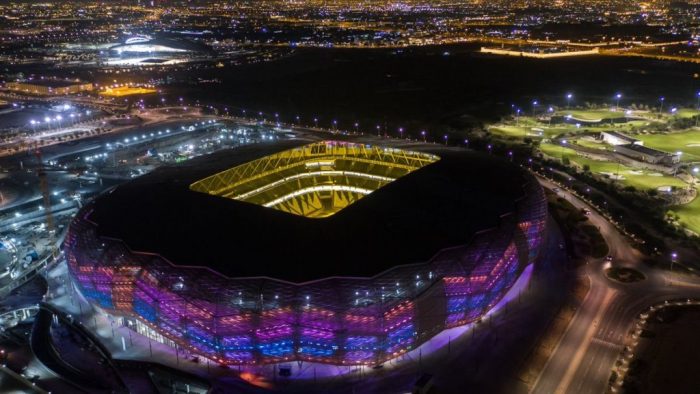We were all introduced to the magnificent architecture of Al Bayt Stadium with yesterday’s opening kickoff of the first Qatar world cup match, which will be played from November 20 to December 18, 2022. Many of us doubtless pondered yesterday how architects built this stadium and the secret to the slew of brand-new Qatar world cup stadiums by the renowned British studios Zaha Hadid Architects and Foster+ Partners.
Qatari architecture generally blends contemporary geometric aesthetics with conventional construction forms. I. M. Pei’s newly refurbished Museum of Islamic Art, which fuses traditional Islamic architecture with modernization, and Jean Nouvel’s National Museum of Qatar, which he conceived as a stunning architecture of interconnecting discs inspired by the desert rose, are two examples of this.
These renowned museums stand for more than just aesthetic beauty. Sustainability was a consideration in the construction of each. Along with fostering art, culture, and knowledge, Qatar Museums also aims to promote environmental consciousness.
The definitive guide to Qatar World Cup Stadiums:-
The eight stadiums created for the FIFA World Cup Qatar 2022TM had the same concepts with the same approach mentioned above. Each stadium’s design reflects Qatari culture while also considering ecological responsibility. The use of cutting-edge water and energy-saving technologies during construction and sustainable building practices are additional features. Let’s now learn more about these eight superbly designed stadiums, all situated in and around Doha, the capital of Qatar.
1) LUSAIL STADIUM:
Capacity: 80,000


